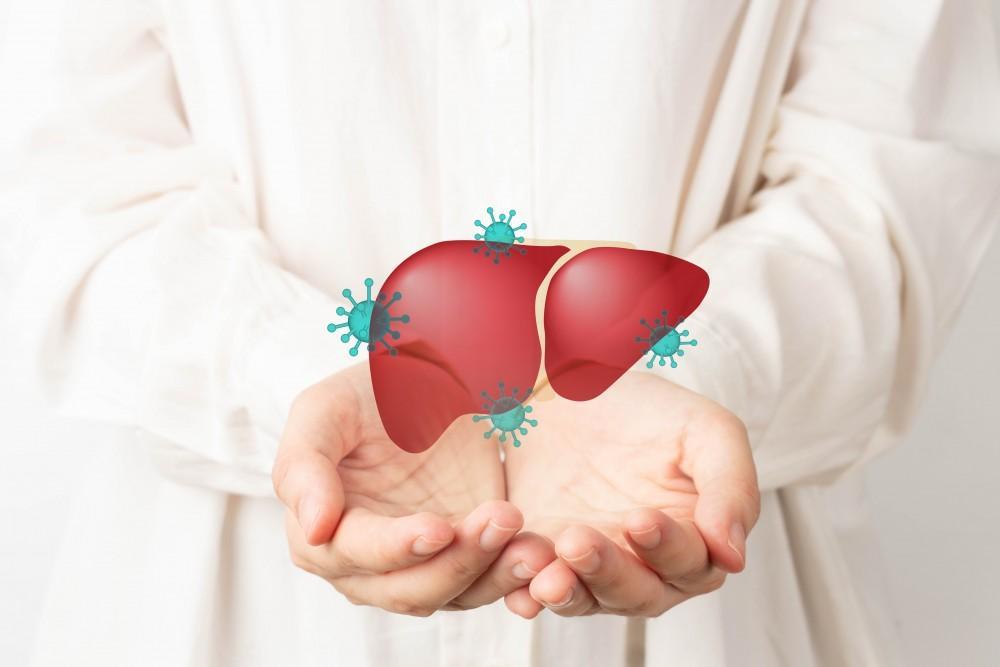What Are Neuroendocrine Tumors?
Neuroendocrine tumors (NETs) are rare growths that start in cells that make hormones. These tumors can form in the stomach, pancreas, or intestines. Some NETs make too many hormones, which can cause different symptoms.
Common Causes and Risk Factors
- Family history of NETs or MEN1 (genetic condition)
- History of smoking or heavy alcohol use
- Long-term gut or pancreas problems
- Obesity
- Age over 50
Signs and Symptoms
- Redness or flushing of the face
- Frequent diarrhea
- Belly pain or bloating
- Wheezing or breathing trouble
- Unexplained weight loss
- At stage 4, possible spread to liver or bones with more severe symptoms
How Dr. Rishi Chadha Diagnoses Neuroendocrine Tumors?
Dr. Chadha uses a step-by-step approach:
Medical History and Physical Exam
He reviews your personal and family history, including any genetic conditions like MEN1, lifestyle factors, and previous GI or pancreatic issues. A hands-on exam checks for abdominal tenderness, masses, or signs of hormone imbalance.
Blood and Urine Tests
Specialized panels measure hormone levels'such as serotonin, gastrin, insulin, and cortisol-in blood or 24-hour urine samples to detect overproduction that may indicate a NET.
Imaging Studies
- CT and MRI scans provide detailed views of the pancreas, liver, and intestines to locate and size tumors.
- 68Ga-DOTATATE PET/CT highlights receptor activity common in NET cells for greater sensitivity.
Endoscopic Biopsy
An endoscope is used to visually inspect the GI tract and retrieve a small tissue sample. Pathology confirms NET type and grade, guiding targeted therapy decisions.
Multidisciplinary Review
Findings are discussed with a team of oncologists, radiologists, and endocrinologists to finalize an accurate diagnosis and personalized treatment plan.

Frequently Asked Questions
What are neuroendocrine tumors?
Neuroendocrine tumors (NETs) are rare growths that start in hormone-producing cells, commonly found in the stomach, pancreas, intestines, or lungs.
How are NETs diagnosed?
Dr. Chadha uses a combination of blood and urine tests to check hormone levels, imaging studies (CT, MRI, PET scans), and sometimes an endoscopic biopsy to confirm the diagnosis.
What are common symptoms of NETs?
Symptoms vary by tumor location and hormone secretion but often include facial flushing, frequent diarrhea, abdominal pain or bloating, wheezing, and unexplained weight loss.
What types of NETs are there?
The most common types include carcinoid tumors (often in the gut or lungs) and pancreatic neuroendocrine tumors (pNETs).
Can stage 4 NETs be treated?
Yes. Advanced NETs can be managed with options such as Peptide Receptor Radionuclide Therapy (PRRT), targeted medications, symptom-relief therapies, and supportive care.
What is the treatment for NETs?
Treatment may involve lifestyle and dietary changes, somatostatin analogs, targeted therapies, acid reducers, anti-diarrheal and pain medications, minimally invasive procedures, surgery, or PRRT, depending on tumor type and stage.
How long is recovery after NET surgery?
Recovery from laparoscopic removal is typically quick; most patients feel better within 1-2 weeks.
Are NETs hereditary?
Some NETs are linked to genetic conditions like MEN1, and having a family history of NETs can increase risk.
Do I need a special diet?
Yes. Eating small, low-fat meals, avoiding caffeine and alcohol, adding fiber, and staying well hydrated can help manage symptoms and improve digestion.
How often are follow-ups needed?
Follow-up visits are usually scheduled every 3-6 months, depending on your condition, treatment plan, and how well you're doing.











